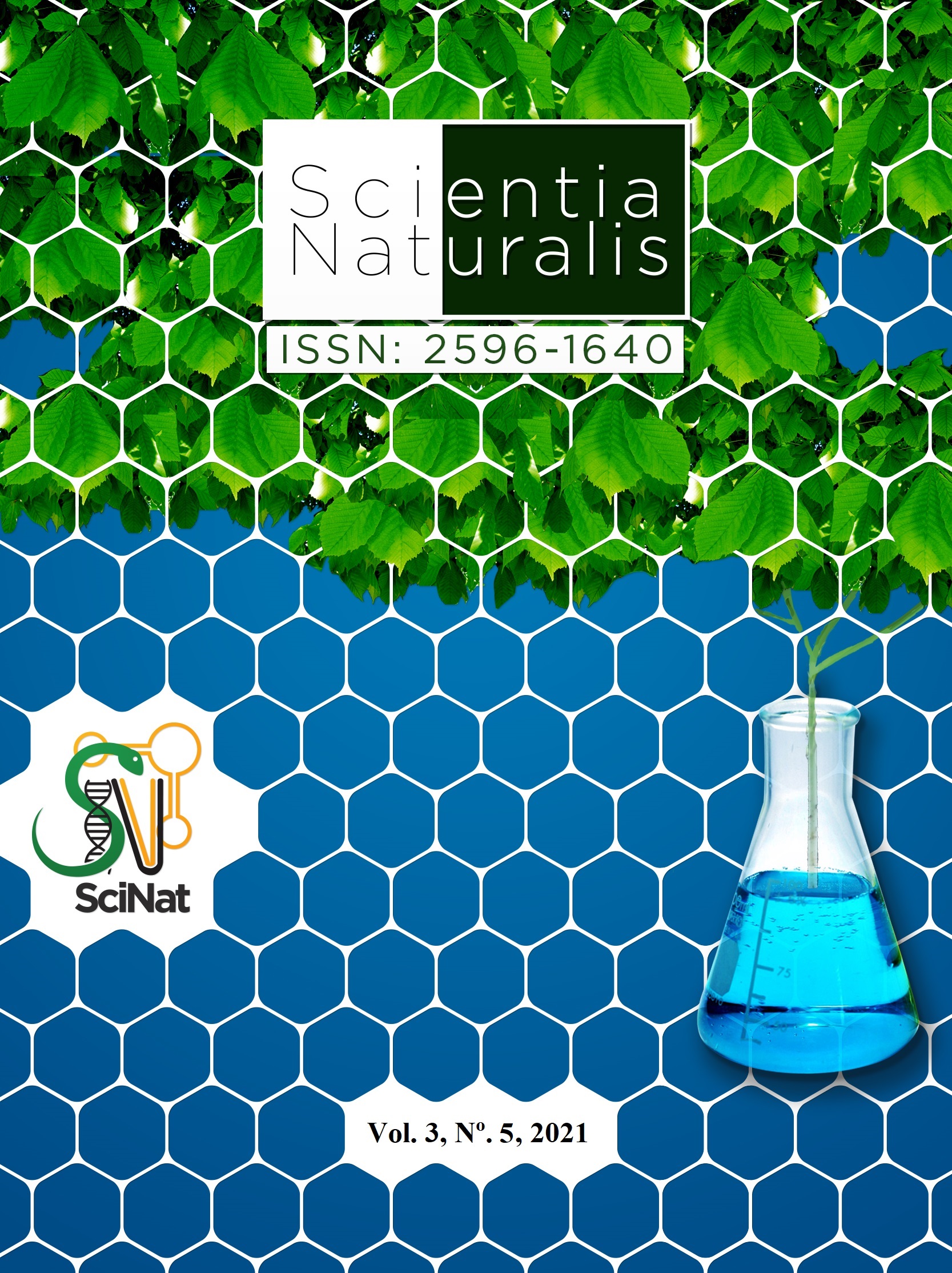Physical-chemical characterization of honey samples from native bees
DOI:
https://doi.org/10.29327/269504.3.5-29Abstract
The research carried out aimed to determine the physicochemical characteristics of honey from native bees, working with the Melipona seminigra merrillae popularly known as Uruçu-boca-de-Renda, analyzing 8 honey samples from five properties located in the municipality of Rio Branco, Acre. The extraction was carried out in the month of October, coinciding with the flowering period of the forest that nourishes the bees. The eight samples were identified with tags indicating the date and place of extraction. Storage was carried out at room temperature. The analyzes carried out were pH, Humidity, Acidity Index, Viscosity, Reducing Sugars, Electrical Conductivity, Ash and Brix. Tests were performed in triplicate. Laboratory facilities at the Federal University of Acre and at the Technology Foundation of the State of Acre were used. The pH was determined for 3 consecutive months and the variation intervals were in the first month from 3.05 to 3.91, in the second month results from 3.05 to 3.97, and in the third month values from 3.05 to 4.02. The results obtained in the analyzed parameters were: Moisture values ranging from 14.10% to 21.42%, Acidity Index ranging from 0.35 to 1.02v/m, Viscosity ranging from 245cSt to 1283 cSt, reducing sugars ranging from 62 0.62% to 70.90%, Electrical Conductivity ranged from 288 µS cm-1 to 725 µS cm-1, Ash ranged from 0.09% to 1.41%, and Brix ranged from 91.5 to 99.3 Brix. The pH results over the three months showed that there was not much variation between samples. The research result contributes with results that allow the establishment of regulations for the classification of honey bee Uruçu-Boca-de-Renda (Melipona seminigra merrillae).




